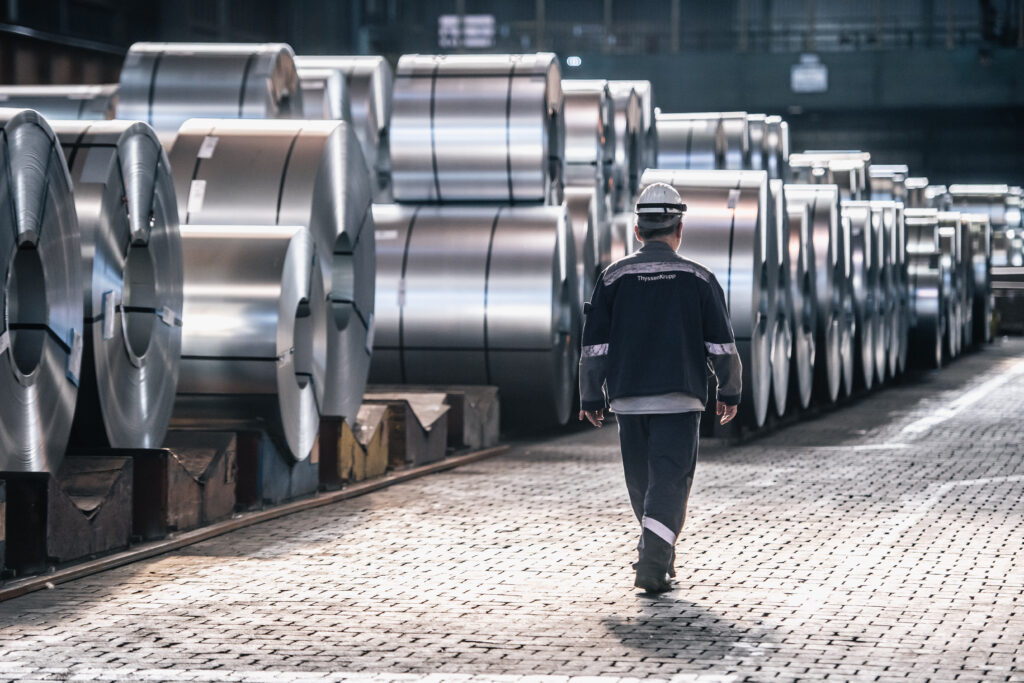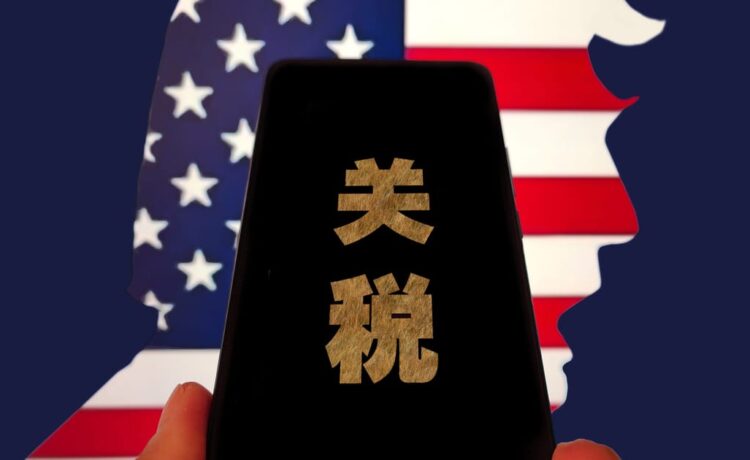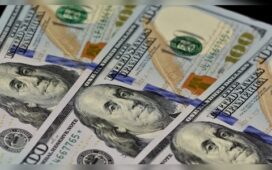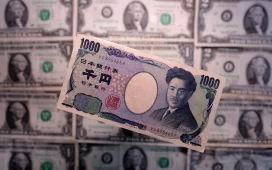A forecast by the International Monetary Fund slashed the U.S.’s growth outlook for 2025 by 0.9 percentage point on the back of the tariffs — the most of any major economy except for Mexico. China got 0.6 percentage point knocked off its outlook, while the eurozone came out relatively unscathed, with only a 0.2 percentage point revision downward.
The last will be first
European Commission President Ursula von der Leyen’s second term opened last year trumpeting the need for competitiveness. While it’s a vague expression — it has something to do with the economy and growth and Europe’s position relative to its competitors — it’s seen as a wise move.
As the bloc of 27 countries has struggled over the past decade or so, America was churning out new tech giants at a rate that Europe could only dream of, benefitting from a magic combination of well-functioning financial markets, top research universities and deep-pocketed consumers. China — long the world’s sweatshop — started to dominate cutting-edge manufacturing in clean energy, electric vehicles, and robotics thanks to its industrial policy.

And while all of that still holds true, decisions this month — with Washington and Beijing moving to tariff each other at rates exceeding 100 percent, leave Europe in a sweet spot.
U.S. tariffs on European imports, while higher than before, are nowhere close to the levels reached between America and China, which come as the Asian economy recovers from the controlled demolition of its real estate sector and attempts a painful rebalancing toward greater domestic consumption and away from exports.
“A prolonged trade war between the U.S. and China could open up new sales markets for European companies,” said Ludovic Suttor-Sorel, head of the European Macro Policy Network, a collection of think tanks. China already relies on European products in categories like chemicals and transport equipment, and that will likely grow. American demand for some European industrial goods that it previously bought from China — like machinery, plastics and textiles — could increase, he said.




